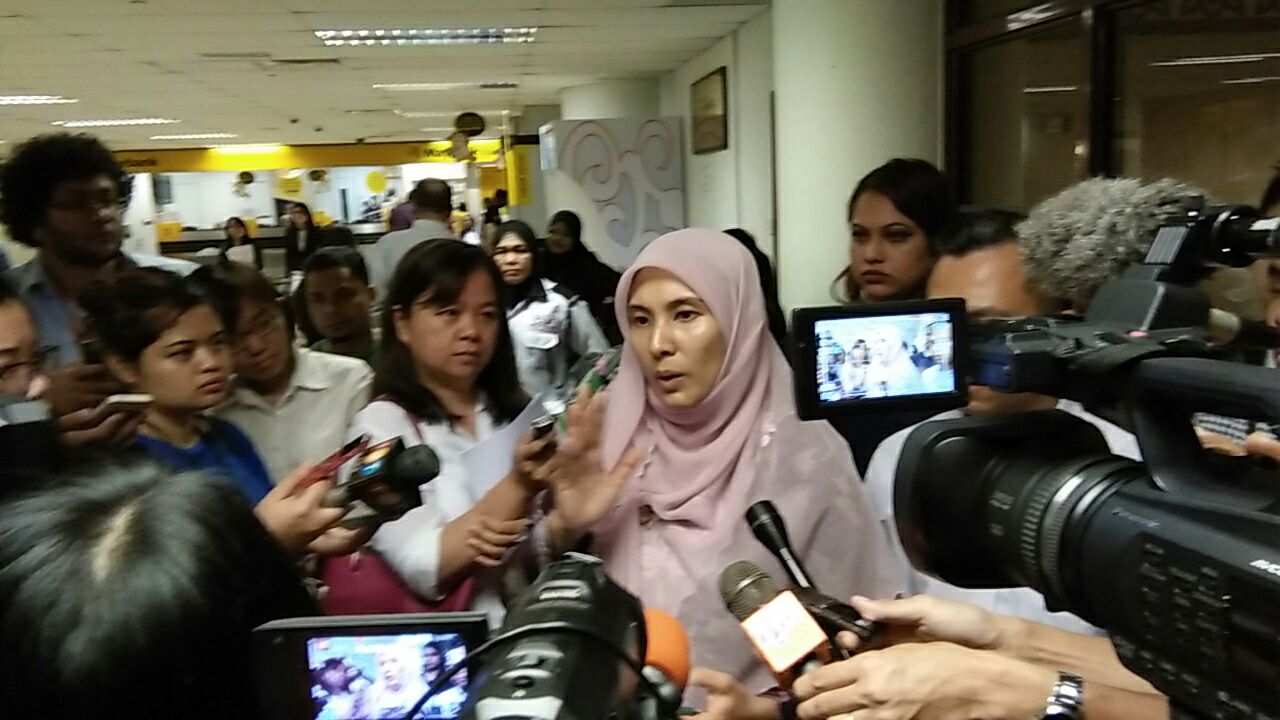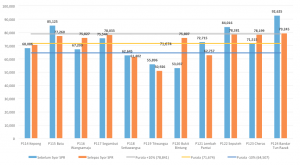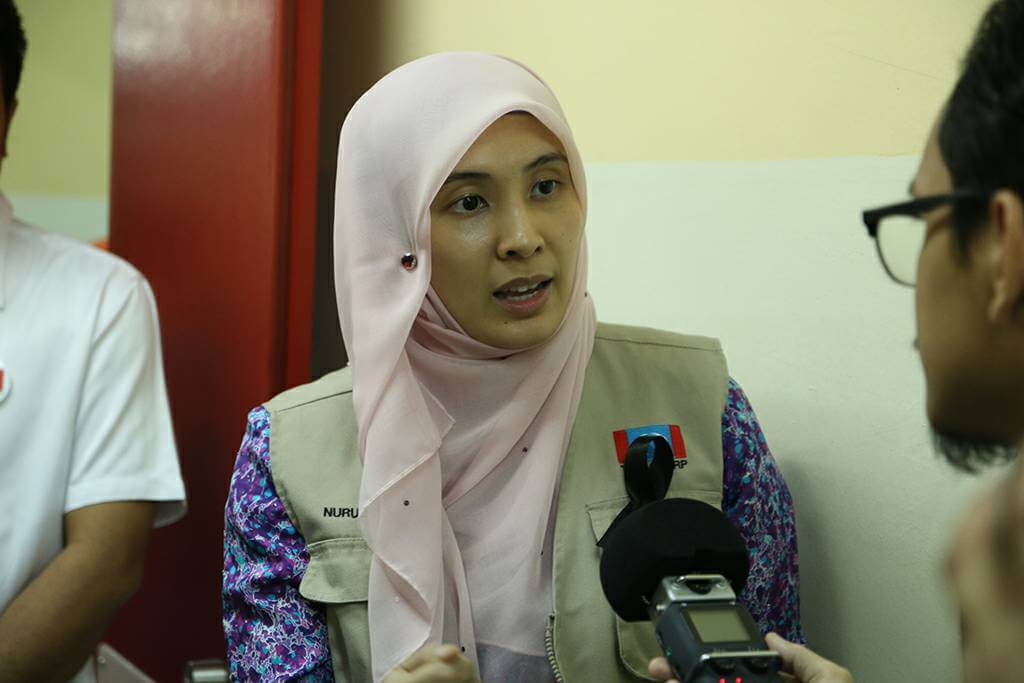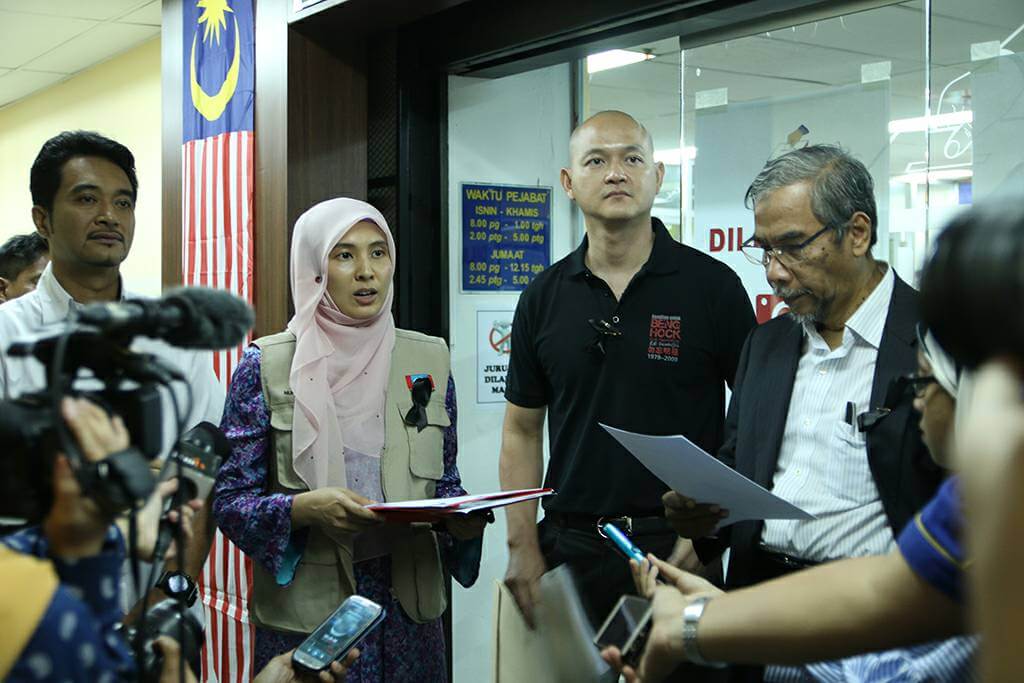The Bersih 5 rally will gather tomorrow, with one of its key and founding demands being to reform the current electoral system in Malaysia to ensure free, clean and fair elections.
The Election Commission’s redelineation proposal in September 2016 has caused much furor nationwide. Strictly speaking, redelineation is a necessary, regular process to give meaning to the fundamental democratic principle that is “one person, one vote, one value”. But, 59 years after independence, Malaysia has become increasingly notorious for gerrymandering, apportioning seats that would favour the incumbent. This is evident during the 13th General Election, when BN won 60% of parliamentary seats with mere 47% of votes while Pakatan Rakyat won only 40% of parliamentary seats with 52% of votes. Mathematically, this means a vote for BN is worth 1.6 times a vote for PR.
This time is no different. As the Member of Parliament for Lembah Pantai, it is my duty to ensure that my constituents must not be victimised further. On 11 November 2016, I filed a judicial review against the Election Commission to contest its redelineation review proposal. EC’s redelineation proposal in Lembah Pantai is clearly unconstitutional and must not be actualised.
The EC will Shrink Lembah Pantai at an Unconscionable Scale
Under the Federal Constitution, Subsection 2(c) of the Thirteenth Schedule clearly states that “the number of electors within each constituency in a State ought to be approximately equal”.
EC’s redelineation will shrink the electorate size of Lembah Pantai by nearly 10,000 individuals — from 72,715 to 62,757. As each constituency in the Federal Territory of Kuala Lumpur has an average number of 71,674 voters, the EC will exacerbate Lembah Pantai’s difference from other constituencies from being just 0.54% above average size to being 12.44% below average.
Graph: Electoral size before and after the EC’s 2016 redelineation
In other words, the EC’s latest proposal to re-delineate Lembah Pantai has turned my constituency from one that adheres the Constitution’s mandate to be “approximately equal” in size, to one in strong defiance of the Thirteenth Schedule.
The EC will Result in the Disintegration of Meaningful Local ties
Another passage of the Federal Constitution that the EC has blatantly ignored is Subsection 2(d) of the Thirteenth Schedule, which designates the EC to upkeep the “maintenance of local ties” during every redelineation exercise. Unfortunately, Lembah Pantai has an extensive list of examples wherein local ties are damaged and severed.
Mid Valley City will be demarcated to be part of Lembah Pantai, specifically the Kampung Abdullah Hukom polling district. However, it should be included into P120 Bukit Bintang, together with its neighbouring district Taman Seputeh where local ties are facilitated by Jalan 1/86.
The Tasik Perdana polling district will be merged into Lembah Pantai. However, both Tasik Perdana and Taman Tunku are traditionally under P117 Segambut for covering a sizeable number of public institutions. Namely, Tasik Perdana has the Police Headquarters, Health Department, National Mosque, Lake Club and Bird Park; while Taman Tunku is inclusive of the House of Parliament, Bank Negara and the Institute of Strategic and International Studies. The EC’s proposal to separate Tasik Perdana from Taman Tunku severs the local linkages between public institutions within the Segambut area. Tasik Perdana is not a residential district, and its predominance of public institutions display no semblance of a connection with Lembah Pantai.
Parts of Brickfields that are currently within the jurisdiction of Lembah Pantai will soon be reassigned to P120 Bukit Bintang. However, part of Brickfields is Kuala Lumpur’s largest transit hub – KL Sentral, whose residents and visitors often frequent the commercial district of Bangsar and vice versa. Therefore, such strong economic ties connecting Brickfields with Bangsar suggest that both areas must share the same parliamentary constituency, Lembah Pantai.
(In the interest of space, the examples here are not exhaustive.)
The EC Failed to Perform its Duty to Inform the General Public
When the EC unveiled its national redelineation plan on 15 September 2016, the Commission shared only very limited information with our fellow Malaysians. The disclosed information, including proposed electorate sizes by polling districts, and the new constituency boundaries acted only as a semblance of transparency.
But, what is just as important is pertinent information that is conspicuously absent. By omitting the constituency map with polling district boundaries, the EC is able to mask the breakup of local ties more effectively. By preserving the map that shows both new and old boundaries overlaid, constituency changes become harder to visualise. By keeping the electoral rolls and land mass to itself, the EC can get away with malapportionment with impunity.
The EC’s sins of omission enables the government to remain opaque and unaccountable.
What has been done so far
With such gross violations against the Federal Constitutions, at least 120 voters in my constituency quickly came forth to object the redelineation.
On 8 November 2016, the 120 objection signatures by enraged Lembah Pantai residents culminated into a public hearing with the EC. The hearing, presided upon by the EC Chairman Datuk Seri Hashim Abdullah, entailed a discussion on transparency. My fellow objectors called for the EC to disclose its digital maps, while I urged the EC to disclose the expert topographers that it had commissioned in this year’s atrocious redelineation. It is in accordance to Article 115(2) of our Federal Constitution that every redelineation exercise must seek the involvement of two experts in topography – both whom are appointed by none other than the Yang di-Pertuan Agong.
A second hearing will be scheduled, after which the EC will put forth its final recommendations to the Prime Minister, before the final redelineation proposal is tabled in Parliament and passed with a simple majority. The EC need not oblige to the request of objectors, and the Prime Minister’s go-ahead is mandatory. Frankly, the odds of exacting concrete change within the executive branch of government is slim, to say the least.
Legislative Blockades
Therefore, in my efforts to ensure the EC’s strict adherence of the Thirteenth Schedule under the Federal Constitution, this parliamentary session, I put forth a motion for Members of Parliament to cast a vote of no confidence against the EC. However, my efforts were thwarted by Speaker of Parliament Tan Sri Pandikar Amin Mulia. This motion was rejected under Standing Order 23(2), for allegedly being “an abuse of the right of questioning, or calculated to obstruct or, affect prejudicially the procedure of the House, or to promote feelings of ill-will or hostility between different communities in the Federation”.
However, it is important to note that the objection against this year’s redelineation is a bipartisan one. Component parties from Barisan Nasional which have protested the EC’s redelineation include Gerakan, MCA, SUPP and MIC. Conversely, all parties in the opposition – KEADILAN, DAP, Amanah and Bersatu – have united in our opposition against the September 2016 redelineation proposal. Clearly, the legislative branch of government will not respect the will of the majority.
A Judicial Review Must be Filed
With that, it leaves us no choice but to turn to the judiciary. On 11 November 2016, I filed a judicial review against the Election Commission to contest its redelineation review proposal.
The EC’s latest redelineation exercise must be objected strongly. It is with this lawsuit that I hope to fight against an election process that is fraught with flaws, and that usurps democracy.
But, for reforms to be truly successful, everyone must play a part. Support Bersih 5 tomorrow!
NURUL IZZAH ANWAR
Member of Parliament Lembah Pantai
Vice President and Election Director of KEADILAN






